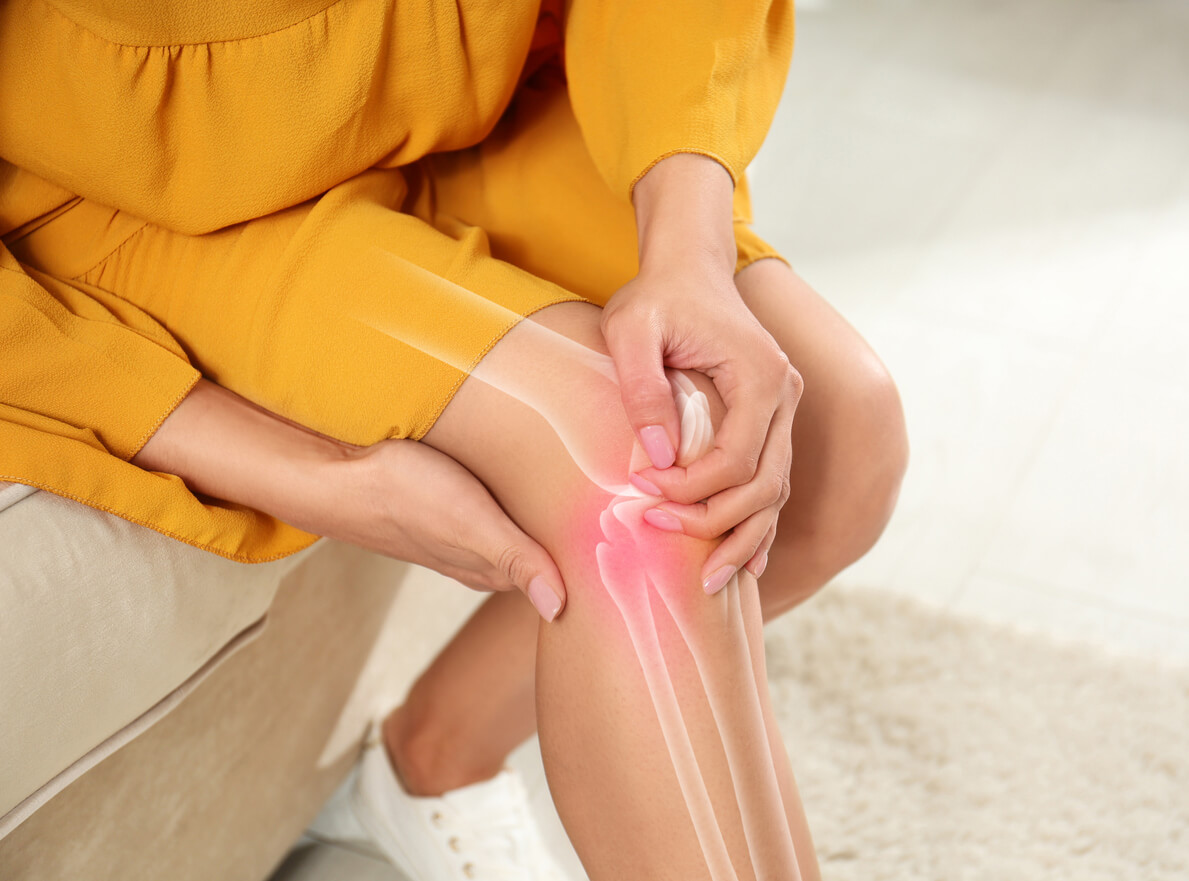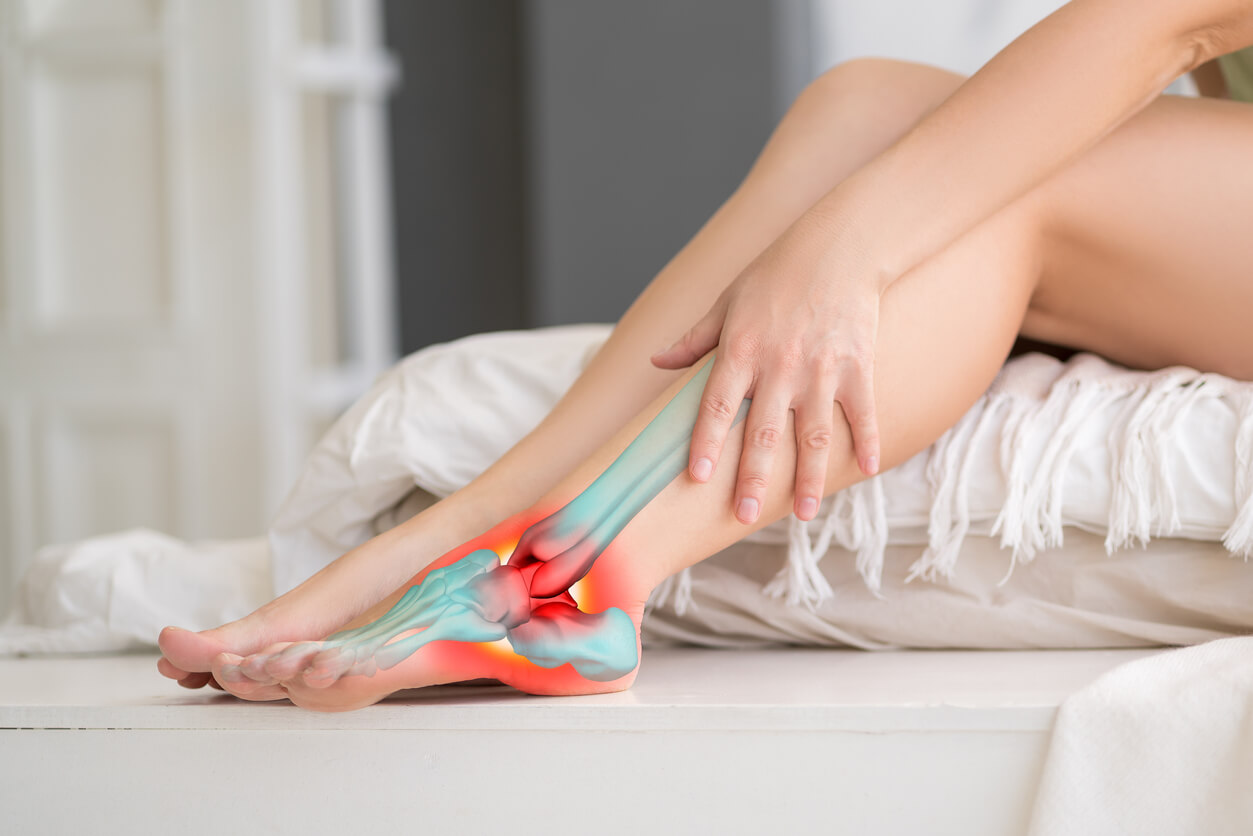What Does Shockwave Therapy Treat?
Almost 20% of Americans, or more than 50 million people, have chronic pain that can significantly impact their quality of life. Painkillers are often used to treat soreness and severe joint aches, but there are better alternatives. Thankfully, a cutting-edge, non-invasive treatment called shock wave therapy can offer relief without adverse health implications.
Have you ever wondered what shockwave therapy is? It is a non-invasive treatment that uses low-energy acoustic pulses to relieve pain and sore joints. Over 90% of patients report being satisfied with this form of therapy, making it a successful treatment option. Learn more about what shockwave therapy is, how it wors, and the types of pain shockwave therapy can treat below.
What is Shockwave Therapy?
If you’ve ever battled a sports injury or suffered from acute pain, you may have sought a speedy recovery process and alternatives to pain medications. One such treatment is shockwave therapy, which increases the body’s capacity to produce new tissue. By activating the injured nerves, it lessens your discomfort and reduces the intensity of your pain.
Athletes and sportspeople often opt for shockwave therapy when had a severe physical injury. However, physiotherapists often recommend it to patients suffering from pain in their soft tissues, such as plantar fasciitis, which affects the heels of the feet.
How Does Shockwave Therapy Work?
Therapists use a special device that emits electromagnetic signals through the water to produce shockwaves. A lens concentrates these signals to concentrate them on a single focal point. During the treatment, the device is kept near the damaged tissue to relieve pain.
Bone, ligaments, tendons, and other bodily parts may absorb kinetic energy when a shockwave hits your tissue, possibly breaking up and repeating the process. Shockwave therapy sessions use two levels of transmission: low energy and high energy.
Low-intensity shockwave therapy reduces pain and inflammation, which promotes tissue regeneration. Compared to high-energy shockwave therapy, which promotes rapid healing, it is more prevalent and affordable.
What Does Shockwave Therapy Treat?
Shockwave therapy has a long history of usage in the treatment of orthopedic injuries and kidney stone disintegration. Clinicians began researching shockwave therapy’s capacity to cure problems, due to its ability to regenerate tissues. Below we discuss a few types of pain and conditions that shockwave therapy treats.
Overuse and Sports Injury Recovery
Shockwave therapy is also frequently used in orthopedics and physical rehabilitation, where it can speed up the healing process for sports-related injuries. It recovers musculoskeletal problems that affect muscles, ligaments, tendons, and bones by boosting the body’s healing abilities and releasing growth factors.
Shockwave therapy can also help you recover from several common injuries, including stress fractures, broken bones, Achilles tendinopathy, tennis elbow, strained hamstrings or calves, tendonitis, and plantar fasciitis.
Osteoarthritis
Through altering cartilage and subchondral bone, shockwave therapy has possibilities for people with arthritis pain. It offers hope to lessen everyday discomfort and enhance functional mobility, as 58.5 million people in the US have arthritis.
The final result is that shockwave therapy can benefit a range of illnesses by boosting cellular metabolism, relieving pain, revascularization, and improving circulation.
Tendonitis
Research indicates that shockwave therapy can enhance pain perception, overall function, and tendon healing in tendonitis disorders in addition to joint pain and tennis elbow. In one of the numerous trials, 20 out of 23 individuals demonstrated improvement in their Achilles tendinopathy symptoms.
Benefits of Shockwave Therapy
Since the discovery of shockwave therapy, there have been an increasing number of applications, and scientists are constantly finding new low-energy shockwaves to aid in tissue regeneration. Extracorporeal shockwave therapy can help people with musculoskeletal conditions in the following ways:
Stimulates Blood Flow
Poor blood flow is one of the significant causes of pain. Auditory waves used in shockwave therapy cause microscopic tears in tissues that aid in the growth of new blood vessels.
As a result, the damaged area receives more blood flow, improving your body’s natural ability to heal and provide quick pain relief.
Non-Surgical
Instead of planning time for a drawn-out surgical recovery, you can carry on with your life while receiving shockwave therapy for tennis elbow, bursitis, or plantar fasciitis. Patients typically begin treatment with a two to three-session trial run by practitioners. They will assist you in evaluating if this is the best course of action for your condition if there is no change.
Injured persons can return to work or their favorite sport more quickly by combining shockwave and physical therapy. Athletes who do not require surgery for persistent pain or injuries can benefit significantly from it.
Dissolves Calcium Build-Up
Calcium buildup can frequently result from stress to your tendons. Your body’s accumulation of calcium may restrict your motion and flexibility. Moreover, the calcification of soft tissues might result in health issues, including coronary artery disease.
Shockwave therapy helps in breaking up any soft tissue calcification that is already present to assist your body in resuming its normal function. Moreover, it can increase the treated tissue’s flexibility.
Interrupts Pain Neurotransmitter
A neurotransmitter called Substance P is often how your body communicates pain signals to the brain while you’re in pain. Shockwave therapy can block the transmission of pain signals by preventing this primary pain neurotransmitter from communicating with nerve receptors in your brain. It provides more pain relief.
Relaxes Trigger Points
Your body’s trigger points are frequently areas where tension has built up, which makes the muscles around your spine stiff. Your shoulders, neck, and back may experience severe discomfort due to these trigger points. Shockwave therapy relieves pain by relieving stress in the trigger points, like a focused massage.
Promotes Collagen Production
Shockwave therapy encourages the development of new collagen, resulting in more vital tissues and quicker healing timeframes. The main protein involved in connective tissue repair is collagen. It is in charge of giving wounded tissues the requisite vigor and assistance while they recover. Collagen is produced more abundantly to replace and repair damaged tissue after an injury. This procedure aids in optimal healing and serves to limit further harm.
Book Your Appointment Today!
For patients with sports injuries, osteoarthritis, tendonitis, and more, Bend Total Body Chiropractic is pleased to provide shockwave therapy. Our qualified providers are dedicated to giving top-notch care. Book an appointment to learn more about shockwave treatment and experience the pain relief you’ve been looking for.



